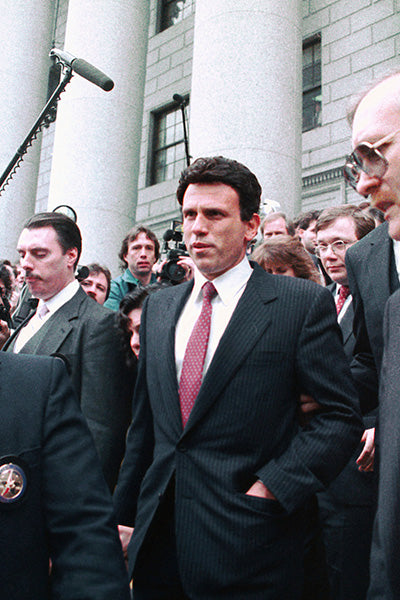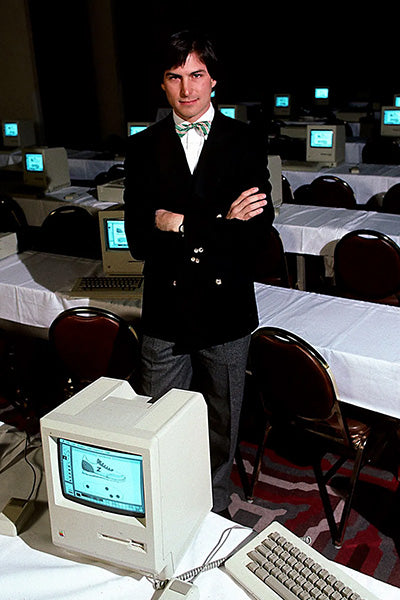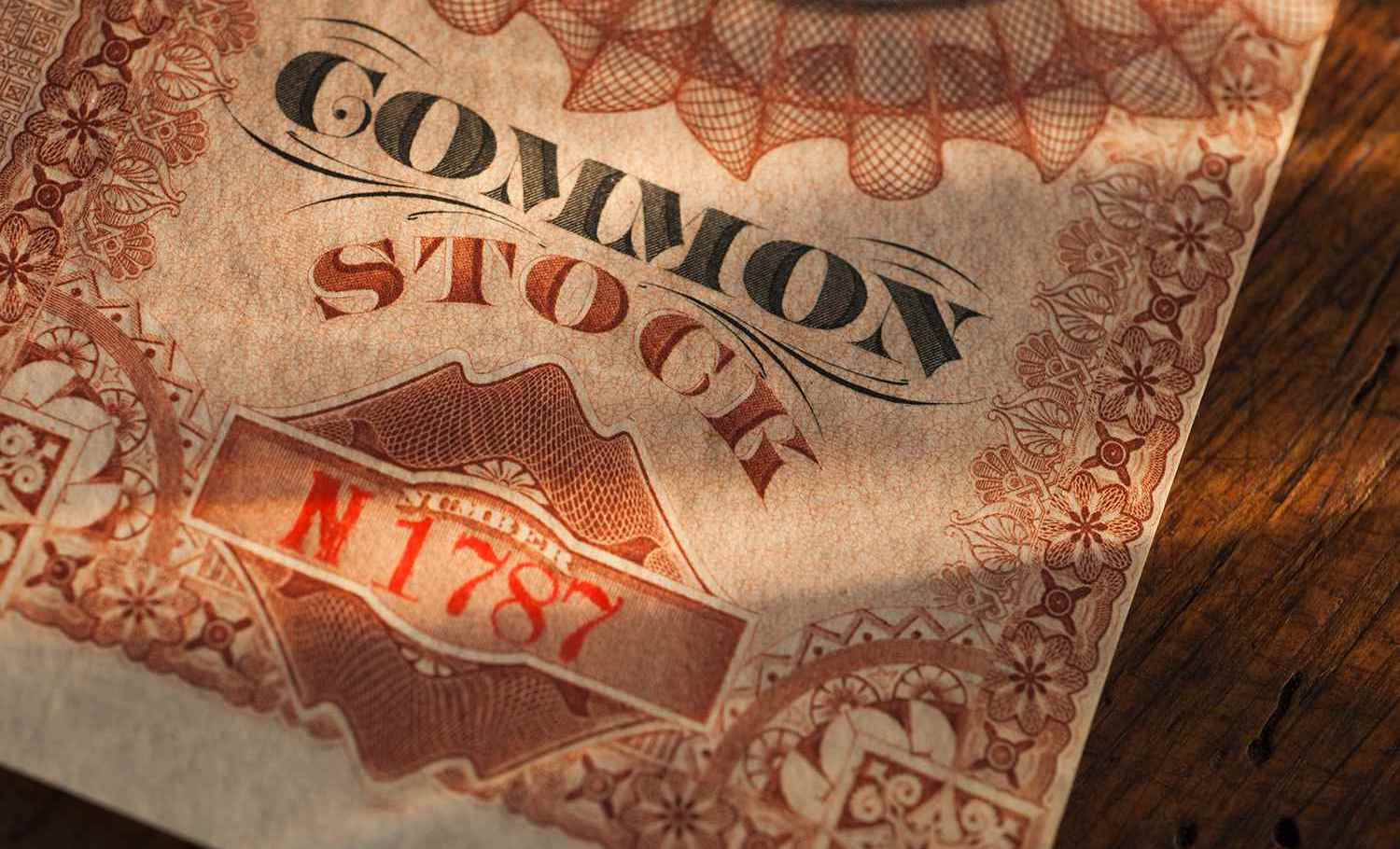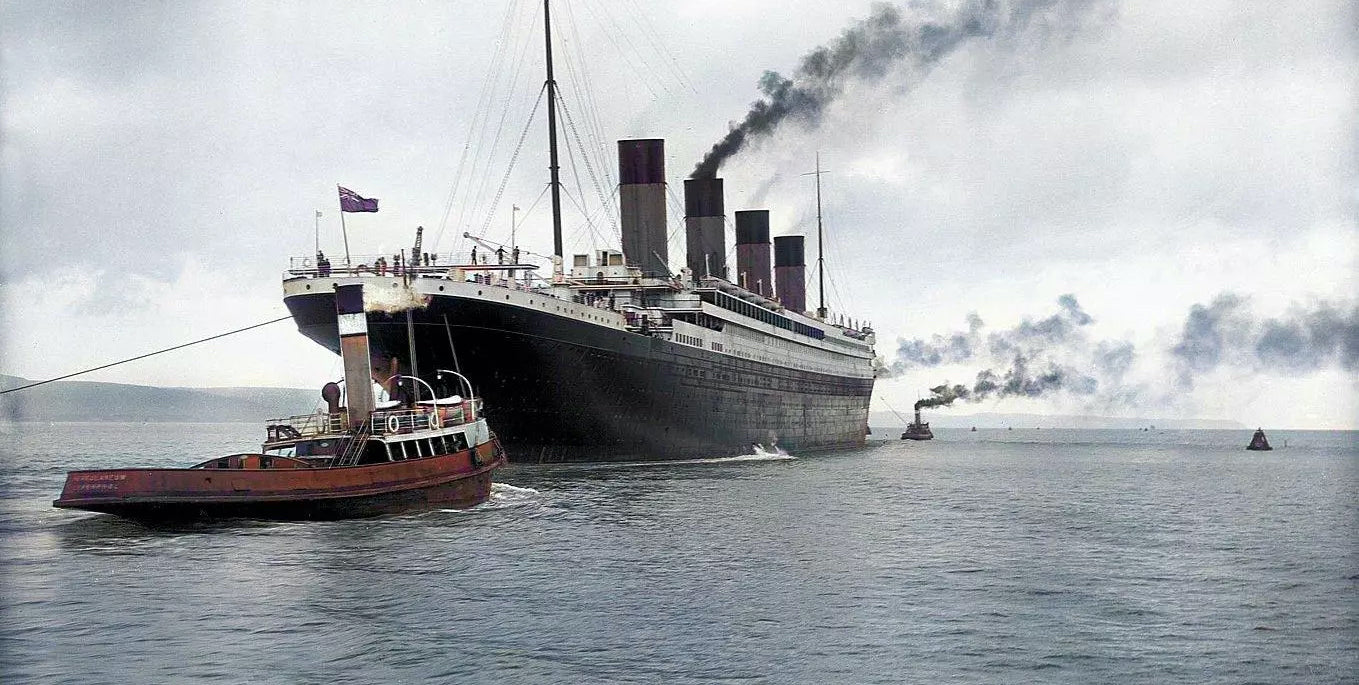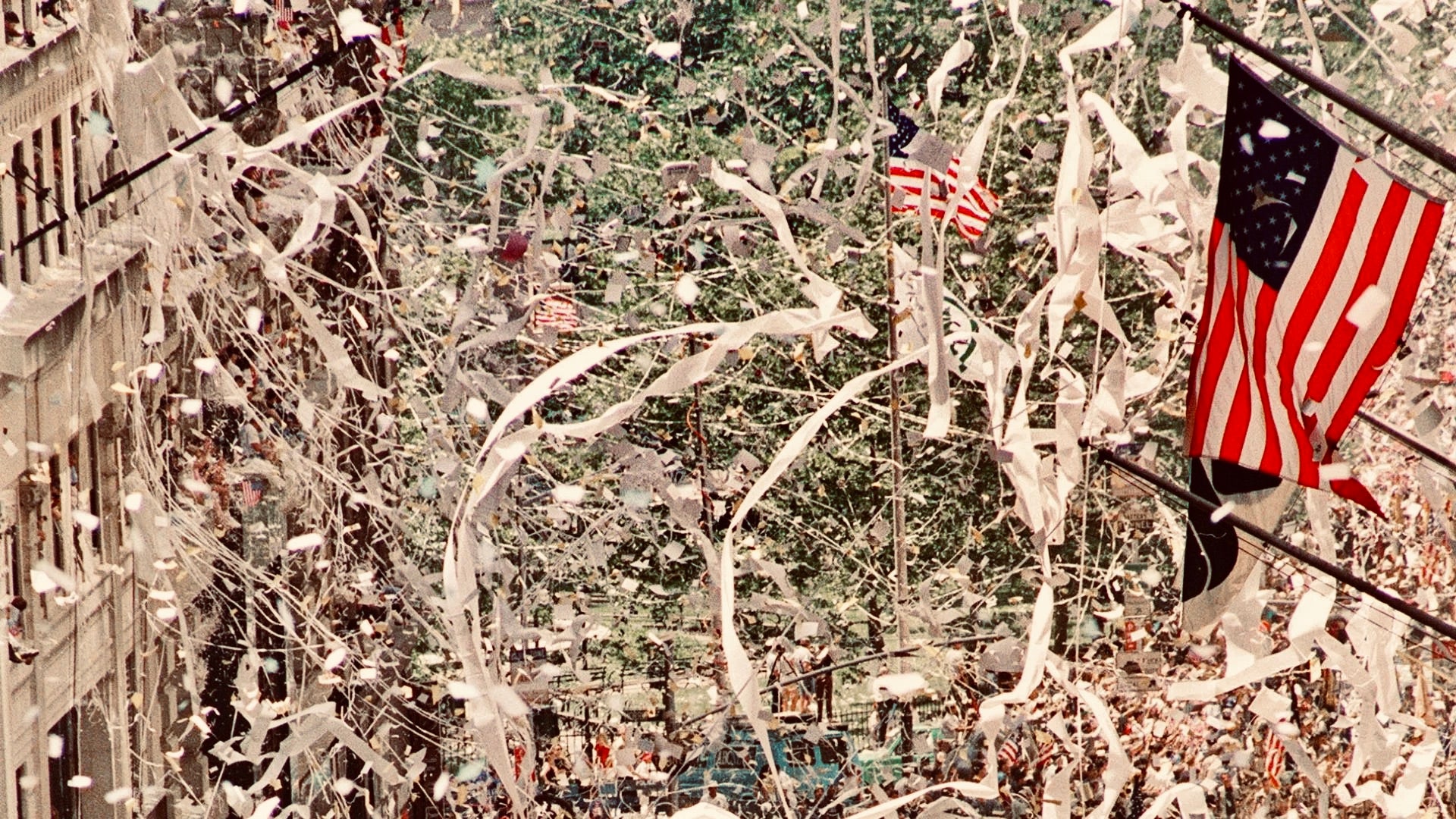
Ticker Tape: Stock Quotes Before the Dawn of Computers
What do stock quotes and presidential parades have in common? Ticker tape! Banks and brokers relied on ticker tape for stock price information, while their quickly-outdated nature and festive looks made them great as confetti for celebrations.
Invented in 1867 by Edward Calahan, an employee of the American Telegraph Company, ticker tape stock price telegraphs were the earliest electrical dedicated financial communications medium, transmitting stock price information over telegraph lines. They were adopted by financial firms around 1870, and by the 1960s there were more than a thousand installed in the offices of New York banks and brokers. The use of paper ticker tape to transmit financial information was made obsolete in the 1970s with the emergence of television and computers.
The advance of ticker tape revolutionized financial markets, as it relayed information from trading floors continuously and simultaneously across geographical distances. The machines printed a series of ticker symbols (usually shortened forms of a company's name), followed by brief information about the price of that company's stock; the thin strip of paper on which they were printed was called ticker tape.
Previously, stock prices had been hand-delivered via written or verbal messages. Since the useful time-span of individual quotes is very brief, they generally had not been sent long distances; aggregated summaries, typically for one day, were sent instead. The increase in speed provided by the ticker allowed for faster and more exact sales. Since the ticker ran continuously, updates to a stock's price whenever the price changed became effective much faster and trading became a more time-sensitive matter. For the first time, trades were being done in what is now thought of as near real-time, driving a proliferation of financial firms in the years to come and giving birth to what many consider modern markets.
 Six men read the ticker tape machine, New York circa 1930
Six men read the ticker tape machine, New York circa 1930
The word ticker comes from the distinct tapping (or ticking) noise the machines made while printing. Pulses on the telegraph line made a letter wheel turn step by step until the correct symbol was reached and then printed. A typical 32-symbol letter wheel had to turn on average 15 steps until the next letter could be printed resulting in a very slow printing speed of one character per second.
Newer and more efficient tickers became available in the 1930s, but these newer and better tickers still had an approximate 15-to-20-minute delay. Ticker machines became obsolete in the 1960s, replaced by computers; none have been manufactured for use for decades. However, the concept of the stock ticker lives on, in the scrolling electronic tickers seen on brokerage walls and on news and financial television channels.
Due to their quickly-outdated nature, firms had piles of ticker tape to get rid of daily. It was in 1886, on the dedication of the Statue of Liberty on 28 October, that what was described as "a bunch of mischievous office boys" discovered an alternative use for the abundant reels of long, thin and now-obsolete paper. On this day, the first ticker tape parade took place.
 The dedication of the Statue of Liberty on 28 October 1886 sets the scene for the first ticker tape parade
The dedication of the Statue of Liberty on 28 October 1886 sets the scene for the first ticker tape parade
New York took to the ticker tape parade as its own quirky style of celebration. Presidents, generals, aviators, astronauts and sporting champions have all been feted under a snow-storm of confetti, resembling a sort of modern-day Roman-style triumph' through the city. Although, these days, the ticker tape is mainly reserved for triumphs of a sporting nature (which says a lot about modern values).
And of course, Bloomberg terminals and electronic trading have long since replaced stock tickers on Wall Street. But find yourself on the Canyon of Heroes' on the right day at the right time, and you might still be on the receiving end of several tonnes of paper.
